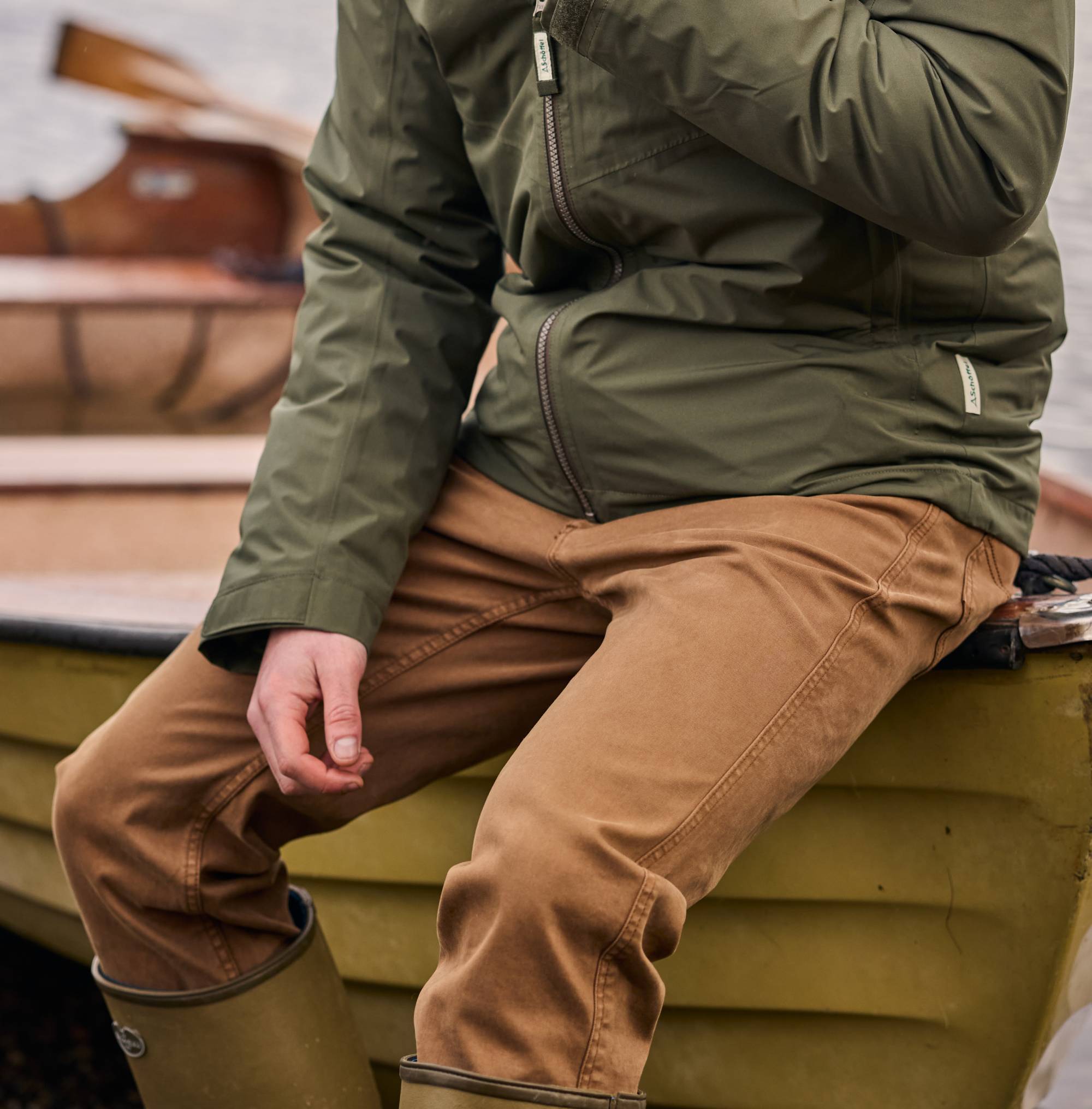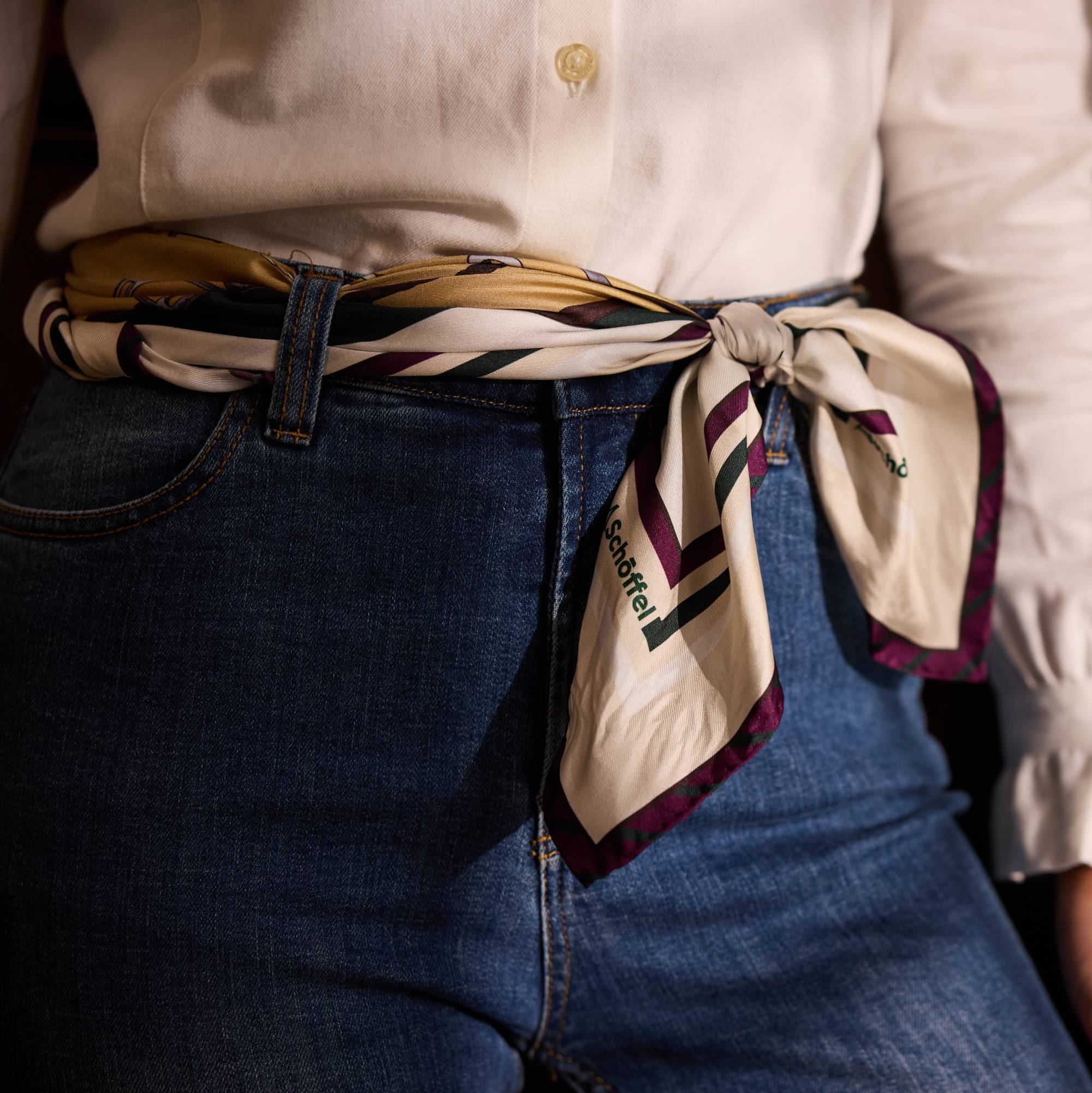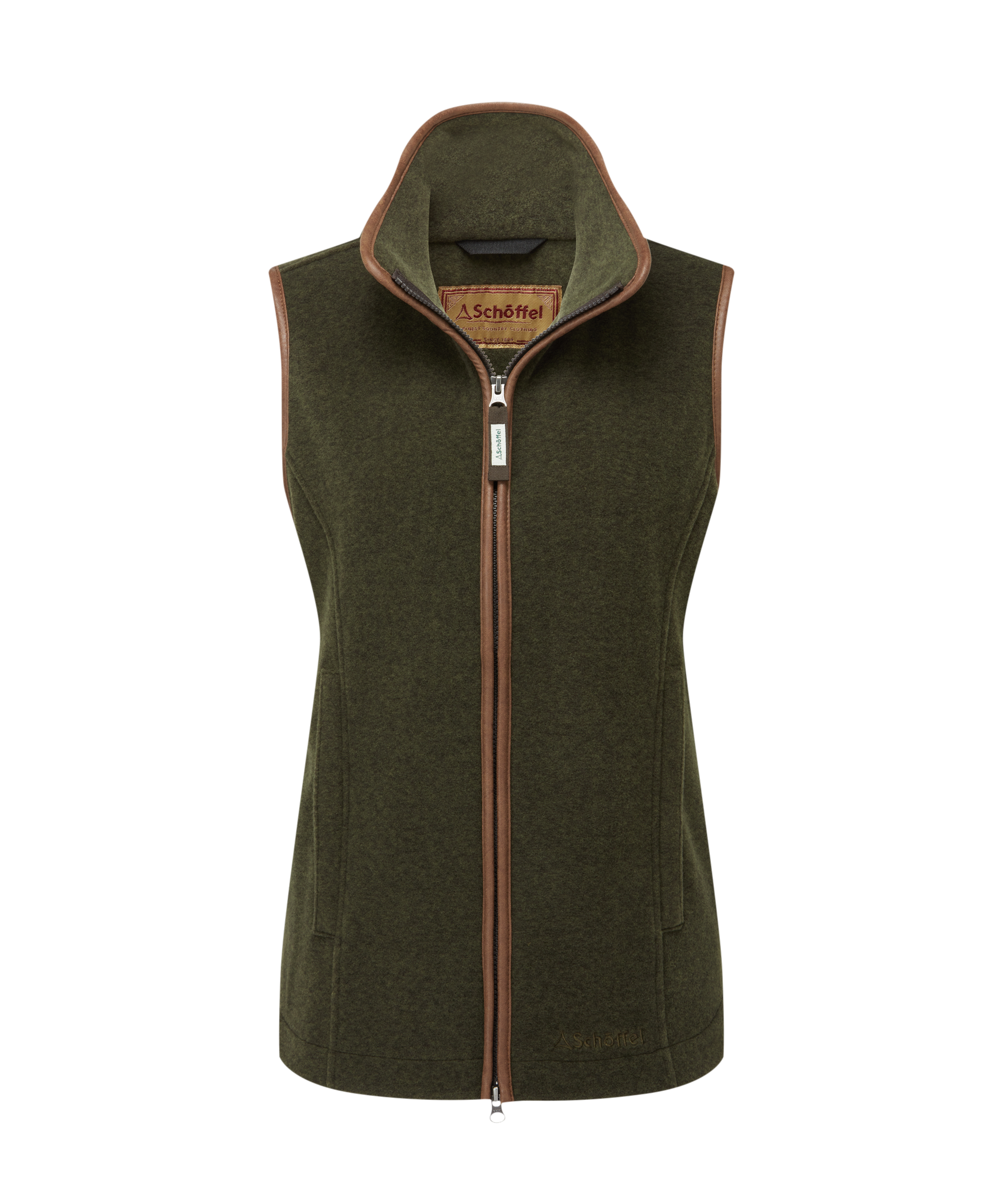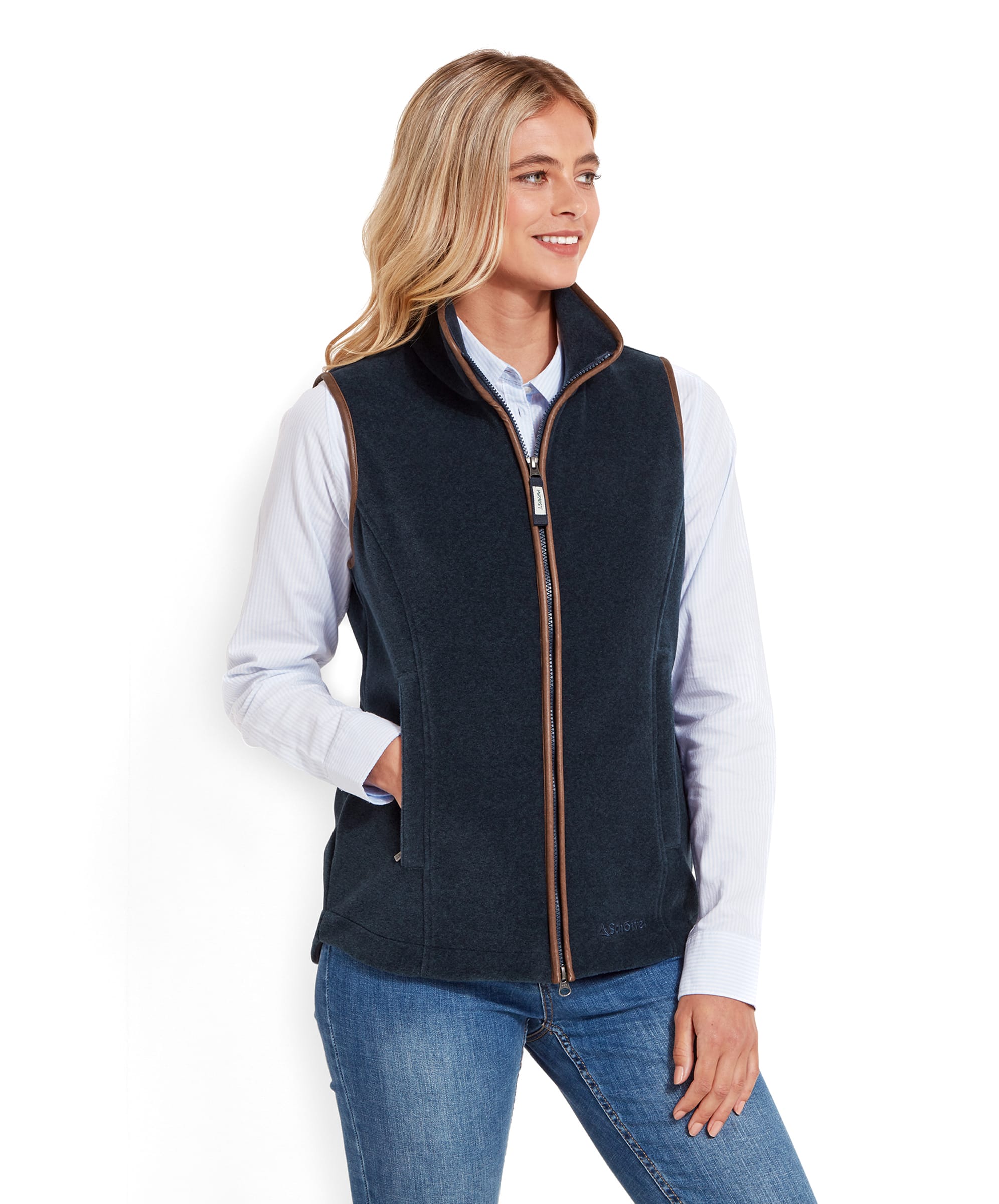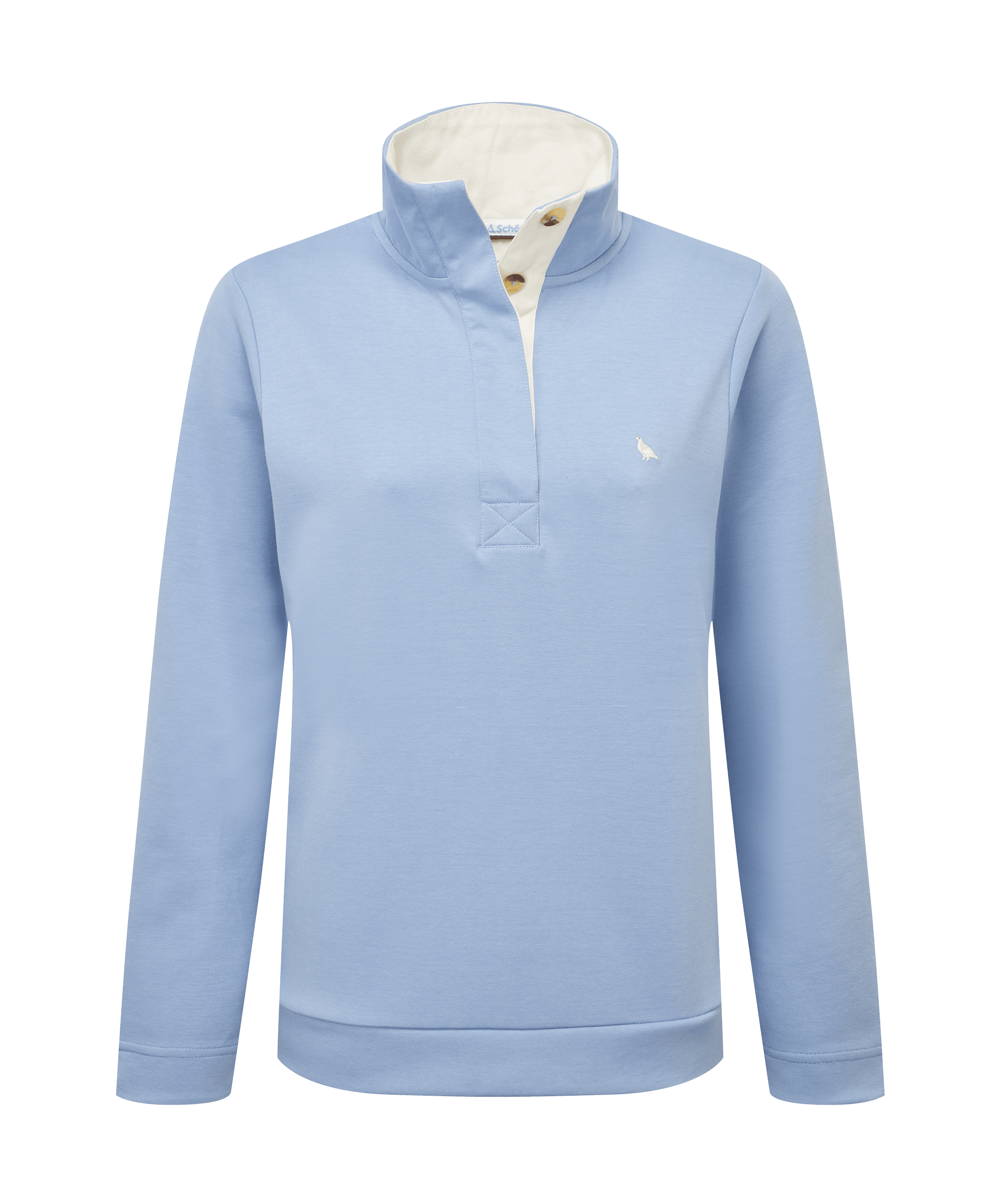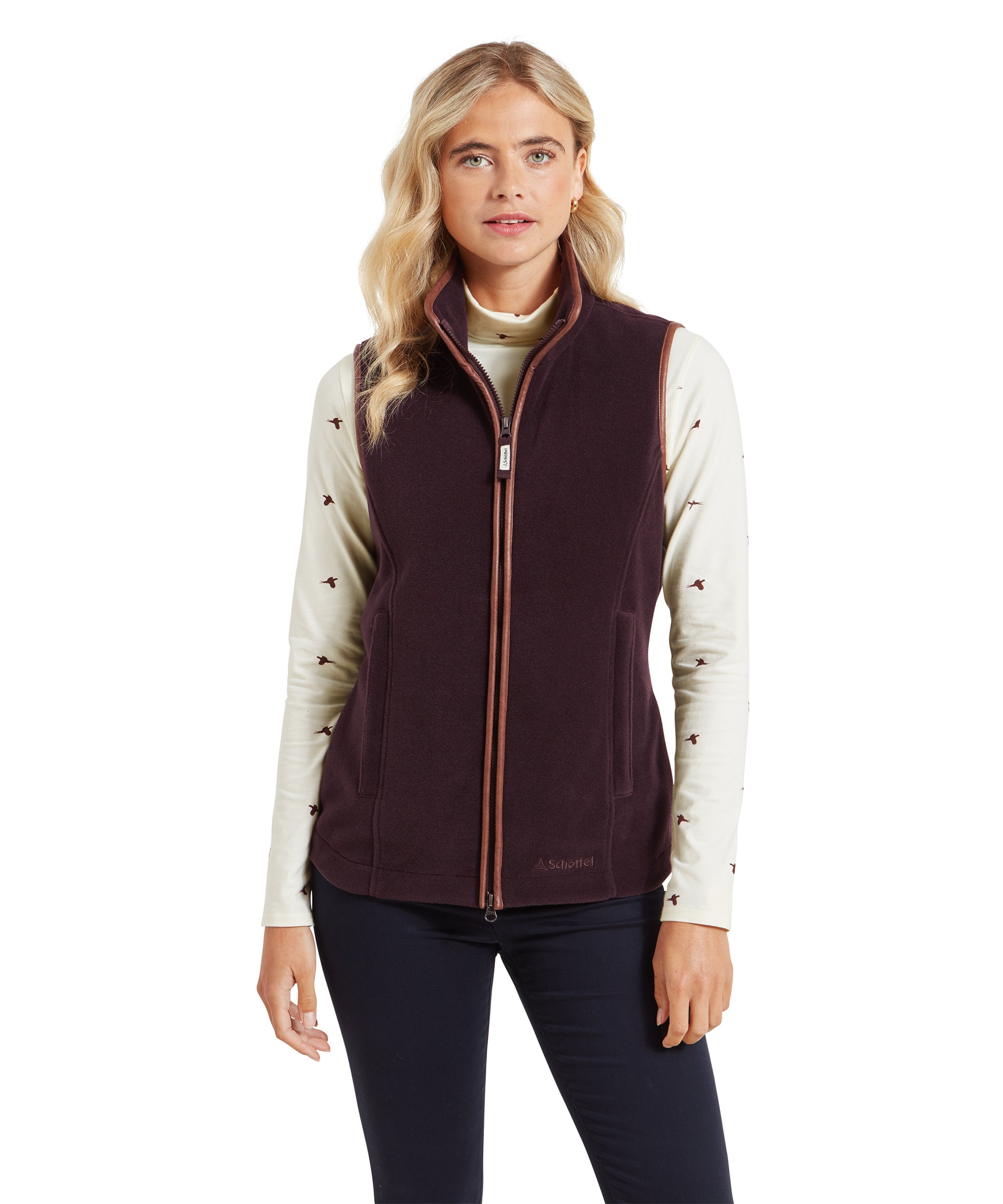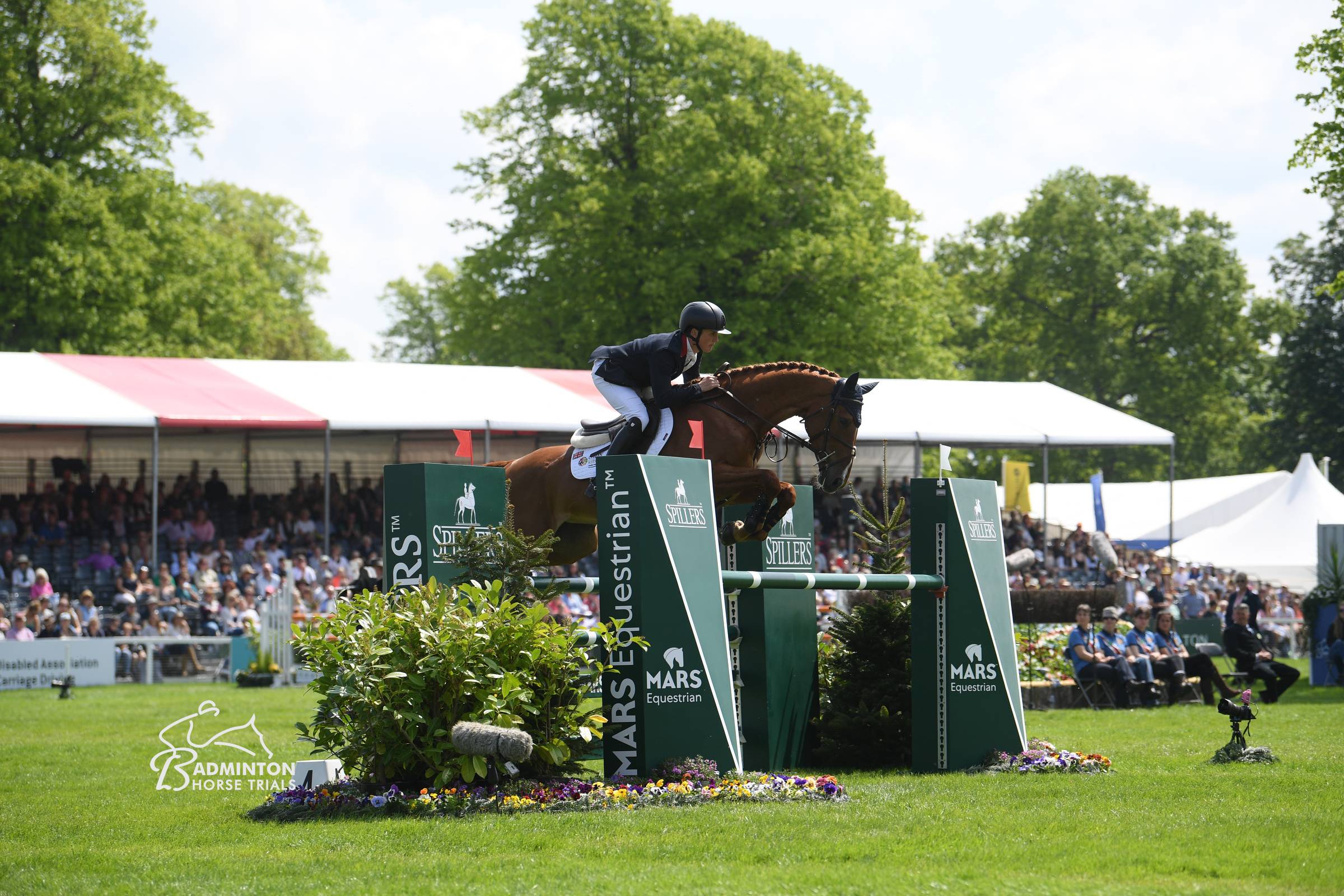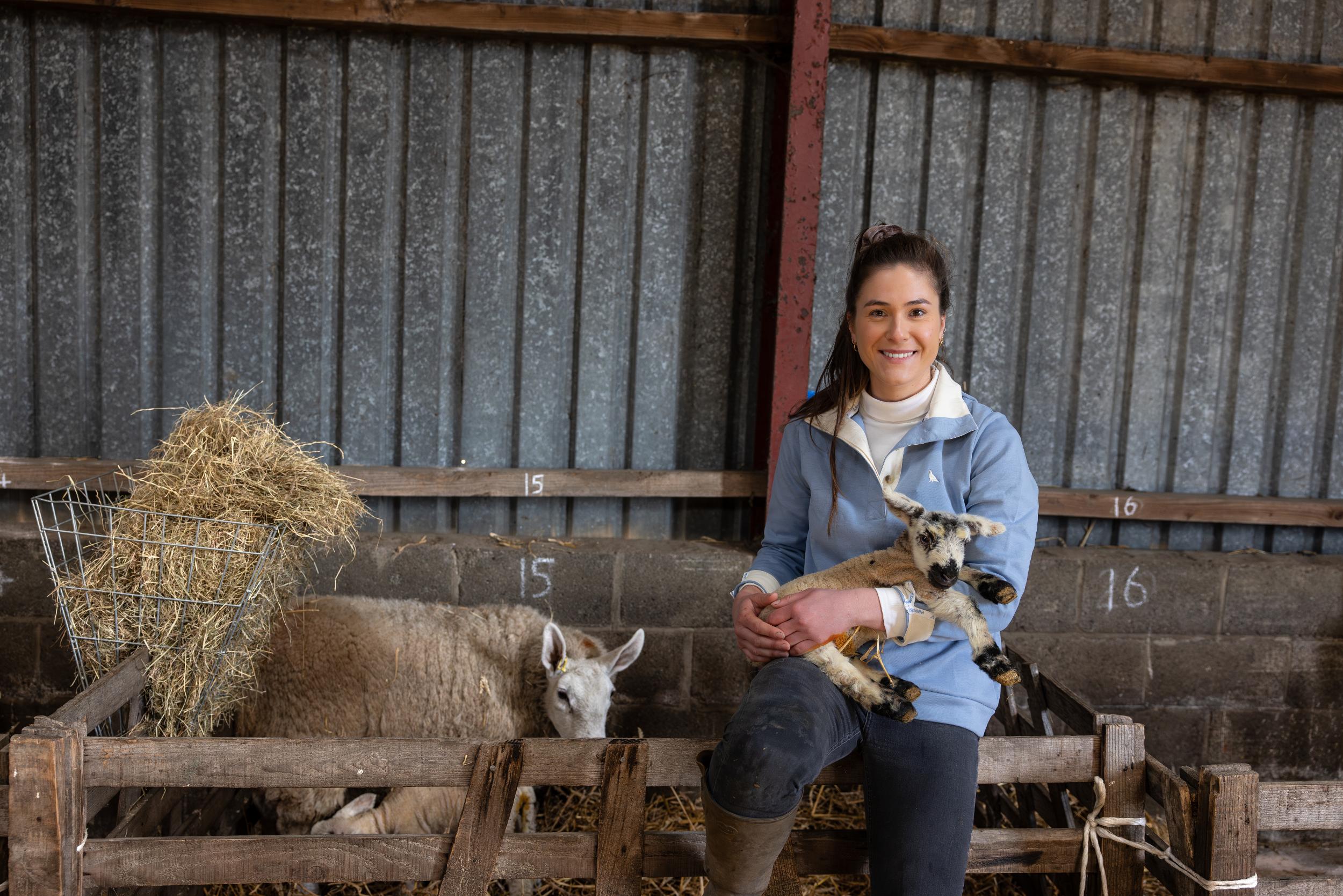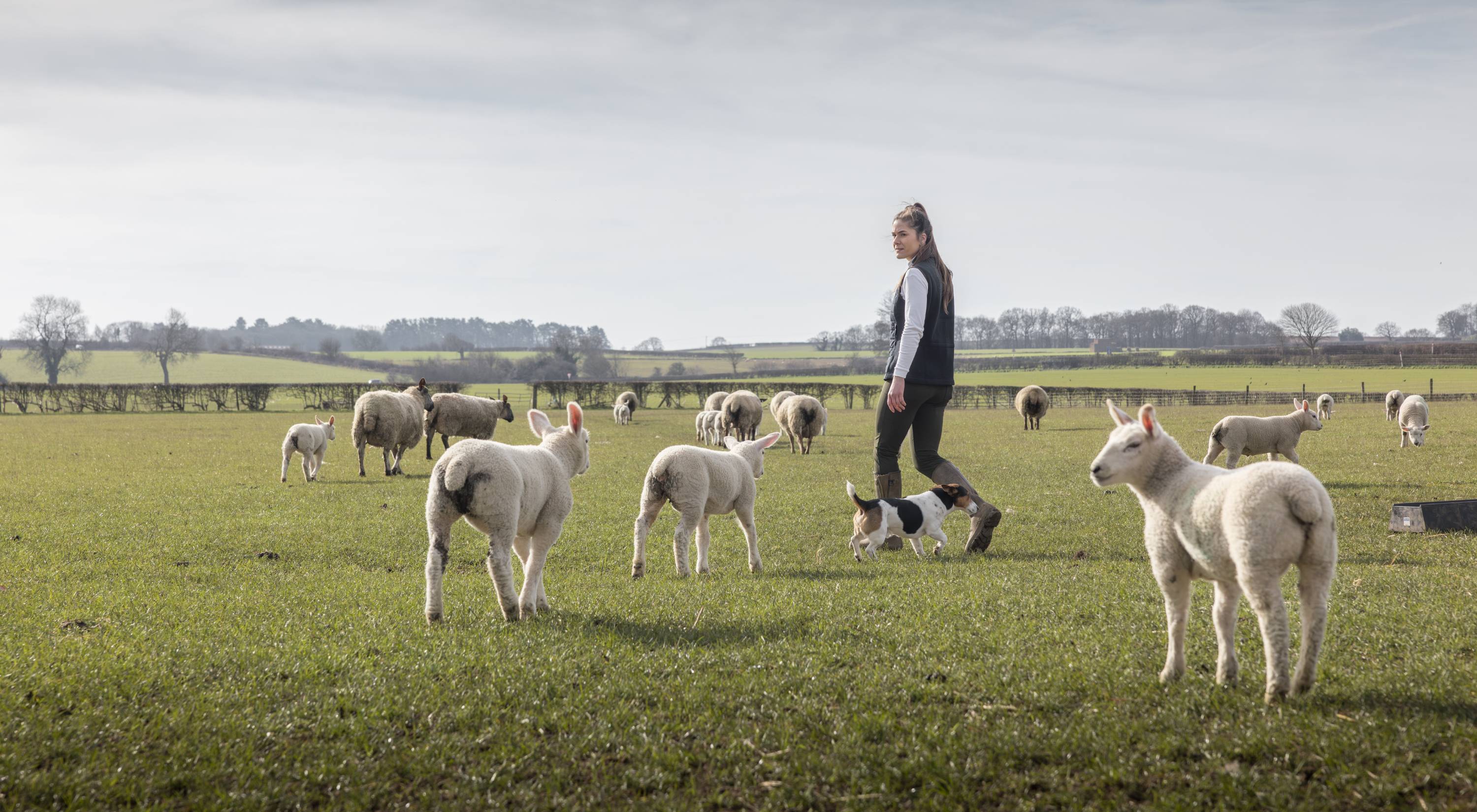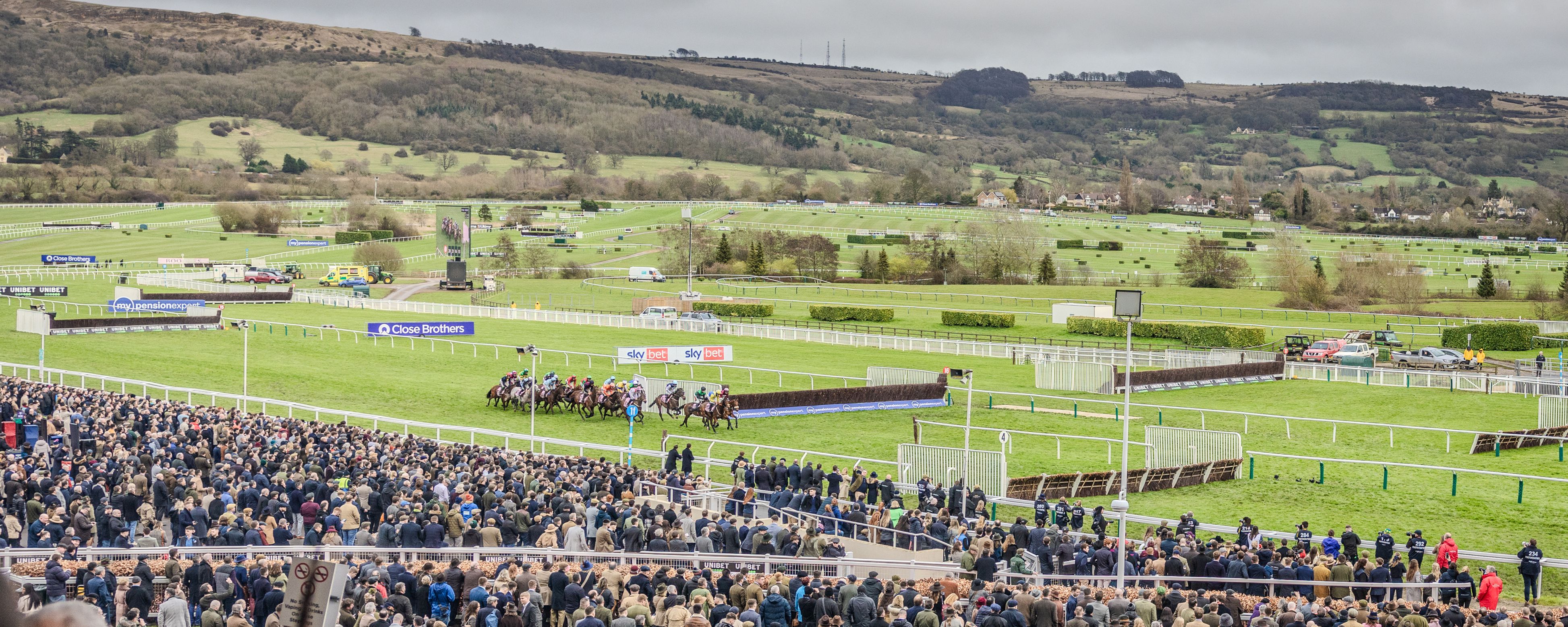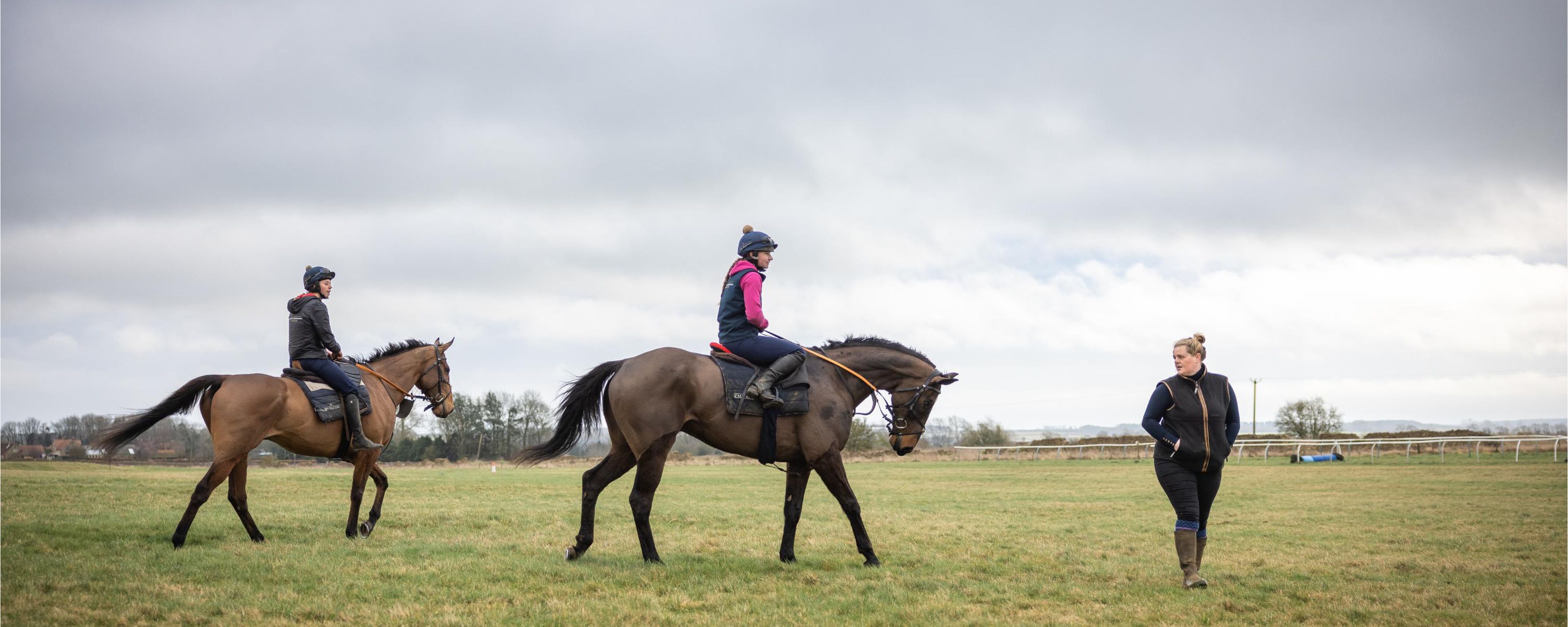
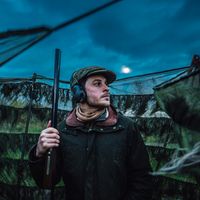
Behind the scenes with a Point to Point racehorse trainer
Ever wondered how point-to-point horses are trained? We visited Kelly Morgan at her stables in Leicestershire to chat about everything from her daily routine and racing clubs to the aspects of her chosen way of life that make it so special.
Spring is a prime time in the point-to-point calendar; longer days and warmer weather lend themselves to a family day out with a picnic by the racetrack.
The resulting relaxed and jovial atmosphere tends to distinguish pointing from the likes of National Hunt Racing, but when you take a closer look behind the scenes – at the time and preparation invested in readying the horses – it quickly becomes clear how similar the two can be. That was certainly the impression we were left with after meeting Leicestershire-based trainer Kelly Morgan.
A life spent with horses
Kelly has been immersed in the world of horse racing since childhood. Her father, Kevin, was a trainer; her brother Tommy is a farrier who has dabbled with training; and her sister Laura, with whom she shares the impressive facilities in Waltham on the Wolds, is licensed to train National Hunt horses under rules. All have had their fair share of success.
Before getting into training herself, Kelly enjoyed a promising start in the saddle, riding her first winner shortly after her 16thbirthday before stacking up 11 point-to-point wins and establishing herself as the leading lady rider in the Midlands, atop good horses like Top Smart, Sharp Suit and Lough Inch.
Training was, perhaps, an inevitable next step. Kelly spent 10 happy years working for Sir Johnny Weatherby, running the stud and foaling the mares before a stint as his private trainer. “The pinnacle,” she reckoned, when we visited her recently at her stables, “was training Top Wood to victory in the 2019 Foxhunters’ Chase at Aintree” – a big deal in racing.
Setting up as a racehorse trainer
When circumstances changed and the opportunity arose to train a few pointers, Kelly embraced it with gusto. “I’ve always loved my pointing,” she explained. “I actually trained and rode my first runner for Sir Johnny myself. He won the members’ race at our local course, Garthorpe”.
Skip forward to 2020 and, after a brief period with Haddon Training, a firm that educates people through apprenticeships in equine and racing, Kelly took the plunge. “I quickly realised that sitting at a laptop for most of the day just isn’t me. All I wanted to do was train racehorses,” she put it, simply.
Today she has 15 horses in her stables and KM Racing and Pre-training goes from strength to strength. “When I first set up there were just seven horses and I was doing them on my own. In the first season we had 20 winners from just 10 horses, which in hindsight was insane.
“We just keep building the quality of horse – you can’t stand still in this game.”
What does a day at a racing stables entail?
We arrived at Kelly’s yard at 9 o’clock on a Tuesday morning and the place was already a hive of activity. Three horses had just returned from the grass gallops down the road, and another three were being prepped for a warm-up in the menage prior to a few laps of the sand canter circle. Helping Kelly was a team of four: Paddy, Poppy, Danni and Ellie. “I’m so spoilt,” Kelly told us as the jockeys mounted on the second lot for the day. “I work with such a good team.”
A typical day at the yard begins at seven-thirty when the routine is kickstarted by mucking out and refreshing the haylage before the horses are exercised. And the nature of that exercise varies throughout the week. “On Mondays they have an easy day – just a canter. Tuesdays and Saturdays are workdays and we’ll go to the woodchip gallops. Wednesday is a canter day, and on Thursday we school them,” explained Kelly. With fixtures on weekends, activity tapers off on a Friday.
“What I’m looking at as they go about their work, is their general condition, how they’re moving, and how quickly they’re recovering. Every horse is different – some blow more than others, some are more clean-winded than others. We’re very high up in Waltham – there’s a lot of airflow. Combined with the outdoor style pens the horses like here, it tends to keep them very healthy.”
The whole process was a pleasure to watch. The atmosphere was laid back and upbeat as the team worked the horses and then went on to wash each one. Legs were checked for any nicks or sores, feet were oiled and heads brushed. “Now they’ll be put to bed for the night with their dinner,” said Kelly. “Horses like routine, same as humans.” They live the good life all right.
A sport of highs and lows
The horses are one thing, but another area most of those who descend on the tote stands at their local point-to-point each year won’t be privy to, which we found fascinating, is how the people behind the scenes manage their emotions and approach what is, by its very nature, a sport full of highs and lows.
“You can be up there, buzzing, one minute,” described Kelly, with her arm raised, “and back down to earth half an hour later. We had three runners at Higham last week; the first won by 20 lengths, the second fell but was okay, and the third pulled up. That’s racing.”
Kelly insists that, providing the horses and riders are fine, you just have to make light of it. “We have a rule that if someone takes a tumble, they have to bake a cake,” she said. “I’m probably the most competitive person you’d wish to meet, but it doesn’t always go to plan. At the end of the day, if I didn’t love it, I wouldn’t be doing it. You can still have a brilliant day without a winner, and that’s what makes point-to-pointing so special.”
How does point-to-pointing differ to other types of horse racing?
In Kelly’s view, the relaxed, family-oriented dynamic is the main difference between point-to-point racing and National Hunt racing. “That and a licence,” she said. “It’s so competitive now in the point-to-point field, and the sport has become a lot more professional in recent years.
“It’s still an amateur sport, though, and wherever possible people should be encouraged to get involved.” That, according to Kelly, applies to everyone from the farmer who brings on and trains a horse from home, to the spectator who wants to enjoy a taste of the ownership experience.
To do her bit for the latter, over the past 18 months Kelly has set up a racing club that offers an affordable way for people to get closer to the action without the costs that would normally be attached. “We host our club members at gallops mornings, and they enjoy the ownership experience at the races,” she explained. “We’ve had all sorts from all kinds of backgrounds. Some families will bring their kids who also find it really interesting.”
It's a chance for people to get out into the countryside, learn about the horses and how they’re trained. And it’s a chance for people to glean an insight into Kelly’s way of life – one that she insists she could never leave behind. “It is hard, and it can be challenging,” she admitted as the last horse was put away for the day, “but it’s a happy way of life and that means more to me than anything. I wouldn’t choose to do anything else.”
You can watch the full video from our visit to Kelly’s point-to-point yard on the Schöffel Country YouTube channel.




